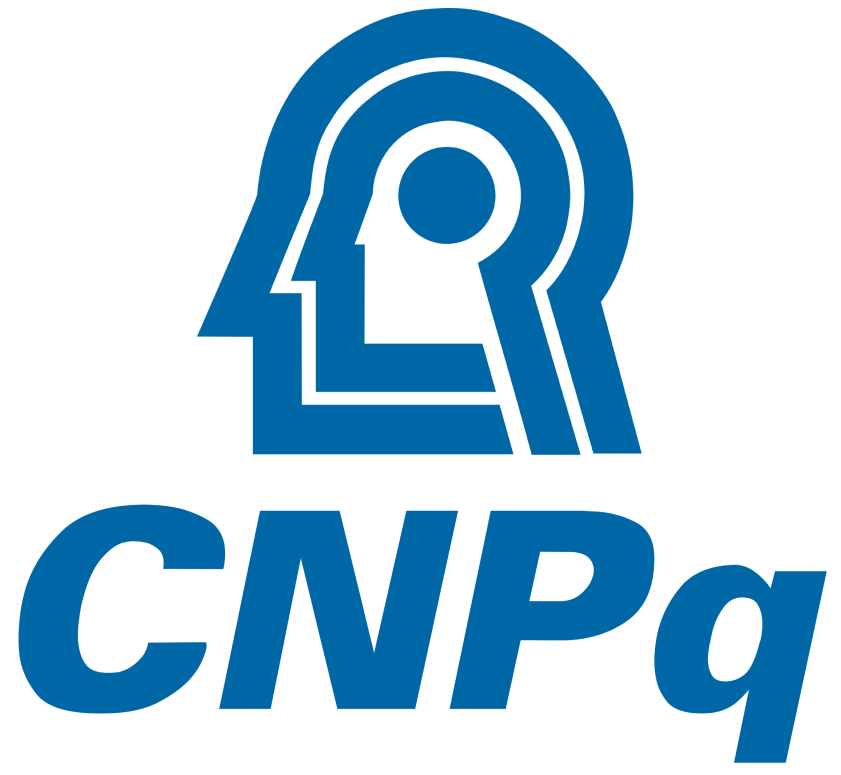CrossTope
Structural Database for Cross-Reactivity Prediction in MHC:Peptide Complexes
WHY | The Challenge
Cellular immunity relies on T-cell receptors (TCR) recognizing peptides presented by Major Histocompatibility Complex (MHC) molecules. A critical—yet poorly understood—phenomenon is cross-reactivity: one TCR can recognize multiple different peptides bound to the same MHC allele. This mechanism drives heterologous immunity and molecular mimicry, but predicting which peptides trigger cross-reactive responses remains challenging.
The gap: Existing structural databases lack experimental validation, reproducible methods, and integrated immunogenicity data, limiting their application in vaccine design and immunotherapy.
WHAT | Our Solution
CrossTope is a highly curated repository of three-dimensional structures of peptide:MHC class I complexes (pMHC-I), combining crystallographic data with large-scale in silico modeling using our validated D1-EM-D2 approach.
Key differentiators:
- Experimental validation required: Every epitope must demonstrate CTL response in vitro and/or in vivo
- Manual curation: Each complex includes curated immunogenicity data and cross-reactivity relationships verified from literature
- Continuously expanding: Growing collection of non-redundant complexes across human (HLA-A02:01, HLA-B27:05) and murine (H-2-Db, H-2-Kb) alleles
- Integrated access: Direct links to IEDB, NCBI, and UniProt for comprehensive epitope information
Available data:
- Structural coordinates (.pdb format)
- Topological and charge distribution maps of TCR-interacting surfaces (−5/+5 and −10/+10 kT)
- Immunological background with cross-reactivity evidence
HOW | Methodology & Applications
D1-EM-D2 Structural Modeling:
Our approach combines molecular docking (D1), energy minimization (EM), and refinement docking (D2) to reproduce crystallographic structures with high accuracy (mean RMSD 0.882 Å for Cα atoms). This method successfully identified molecular features explaining immunogenicity variation among HCV-derived epitope variants, revealing shared charge distribution patterns in immune-stimulating complexes.
Methodological references:
- Antunes DA, et al. (2010) - Structural allele-specific patterns in MHC-I cleft. PLoS ONE 5(5):e10353
- Rigo MM, et al. (2015) - DockTope: Automated pMHC-I modelling. Sci Rep 5:18413
Practical applications:
- Cross-reactivity prediction: Cluster structurally similar epitopes to identify potential cross-reactive targets
- Viral escape analysis: Evaluate mutations at structural level to understand immune evasion
- Immunotherapy optimization: Improve tumor antigen immunogenicity through rational design
- Vaccine development: Identify conserved structural features across pathogen variants
Experimental validation: Our structure-based predictions identified cross-reactive HCV epitope variants with minimal sequence identity, later confirmed experimentally with lymphocytes from infected patients and vaccinated individuals—demonstrating the power of structural over sequence-based approaches.
Access & Integration
Web interface: https://crosstope.com.br/
Search by: MHC allele, epitope sequence, source organism
Compare: Side-by-side structural comparison of any two epitopes
Cited by:
- Mendes et al. (2022) - MatchTope tool for electrostatic potential-based cross-reactivity prediction
- Antunes et al. (2017) - Structural interpretation of T-cell cross-reactivity for TCR-based cancer immunotherapy
- Antonio et al. (2022) - Identification of SARS-CoV-2 viral immunogenic footprints conferring cross-protection
- Vianna et al. (2019) - pMHC structural comparisons for vaccine development
- Cited in reviews on T-cell cross-reactivity mechanisms and heterologous immunity
Team
Research Group
NBLI (Núcleo de Bioinformática do Laboratório de Imunogenética) is a research team focused on identifying immunological mechanisms triggered by viral infections and potential viral targets.
Financial Support
How to Cite
Primary reference:
Sinigaglia M, Antunes DA, Rigo MM, Chies JAB, Vieira GF. CrossTope: a curate repository of 3D structures of immunogenic peptide: MHC complexes. Database (Oxford). 2013;2013:bat002. doi: 10.1093/database/bat002
BibTeX:
@article{sinigaglia2013crosstope,
title={CrossTope: a curate repository of 3D structures of immunogenic peptide: MHC complexes},
author={Sinigaglia, Marialva and Antunes, Dinler A and Rigo, Maurício M and Chies, José AB and Vieira, Gustavo F},
journal={Database},
volume={2013},
pages={bat002},
year={2013},
publisher={Oxford University Press},
doi={10.1093/database/bat002}
}PubMed: PMID: 23396301
PMC: PMC3567486






